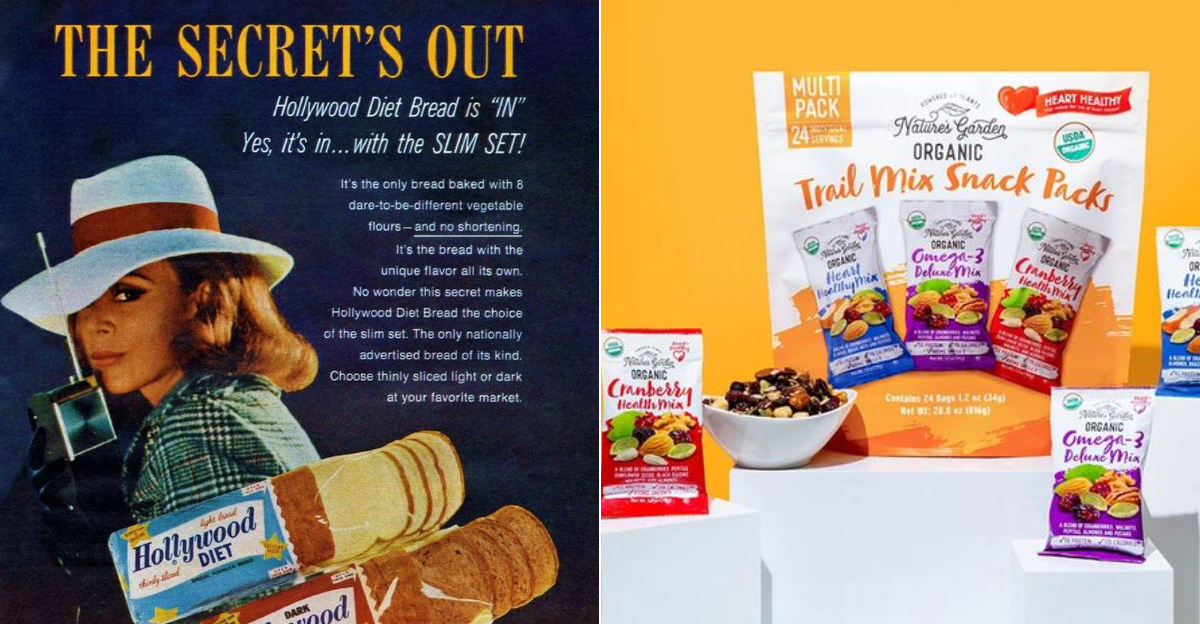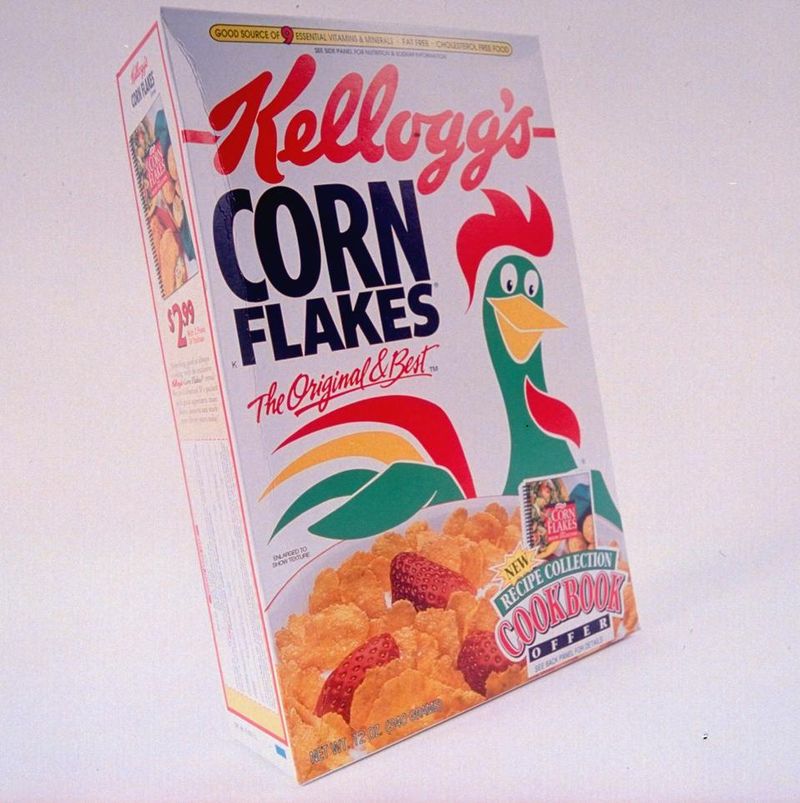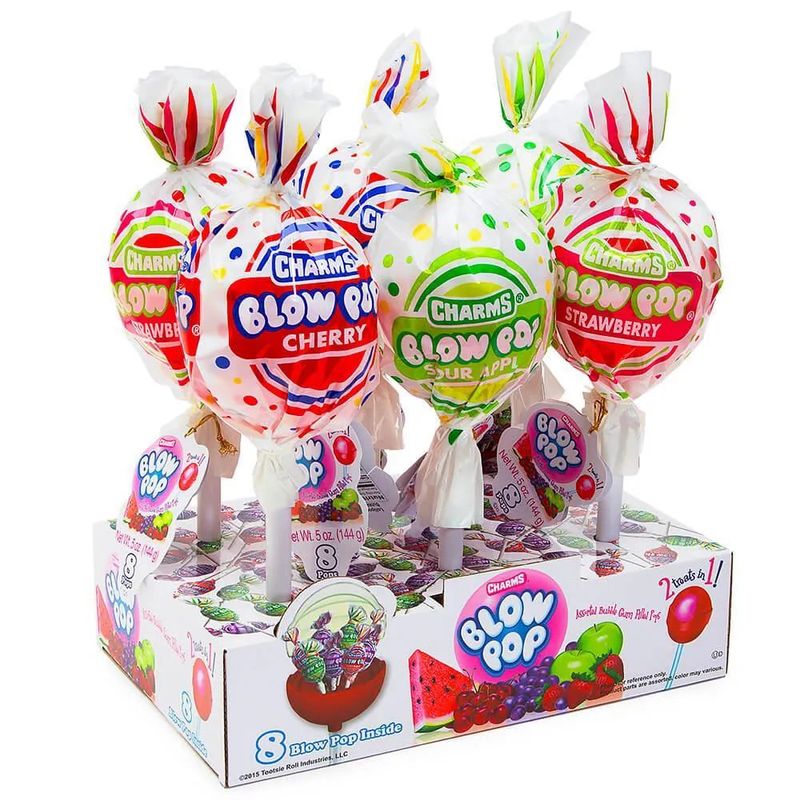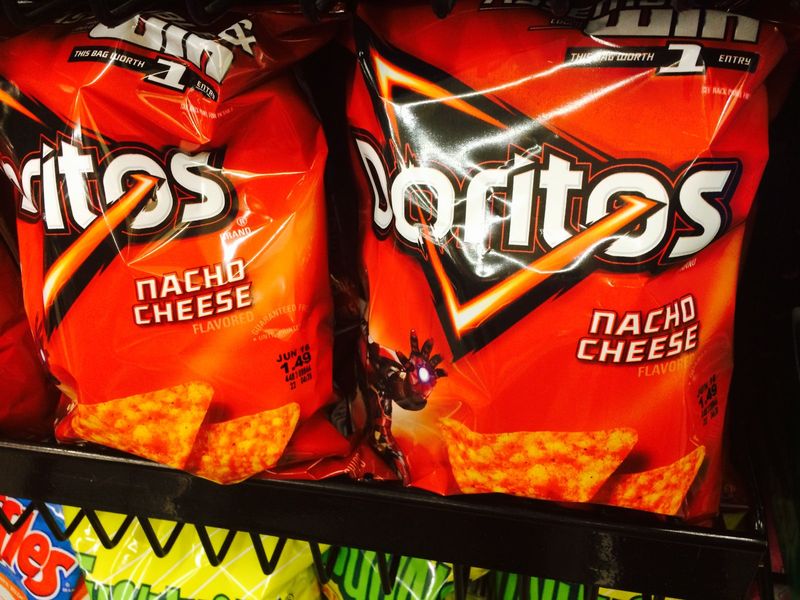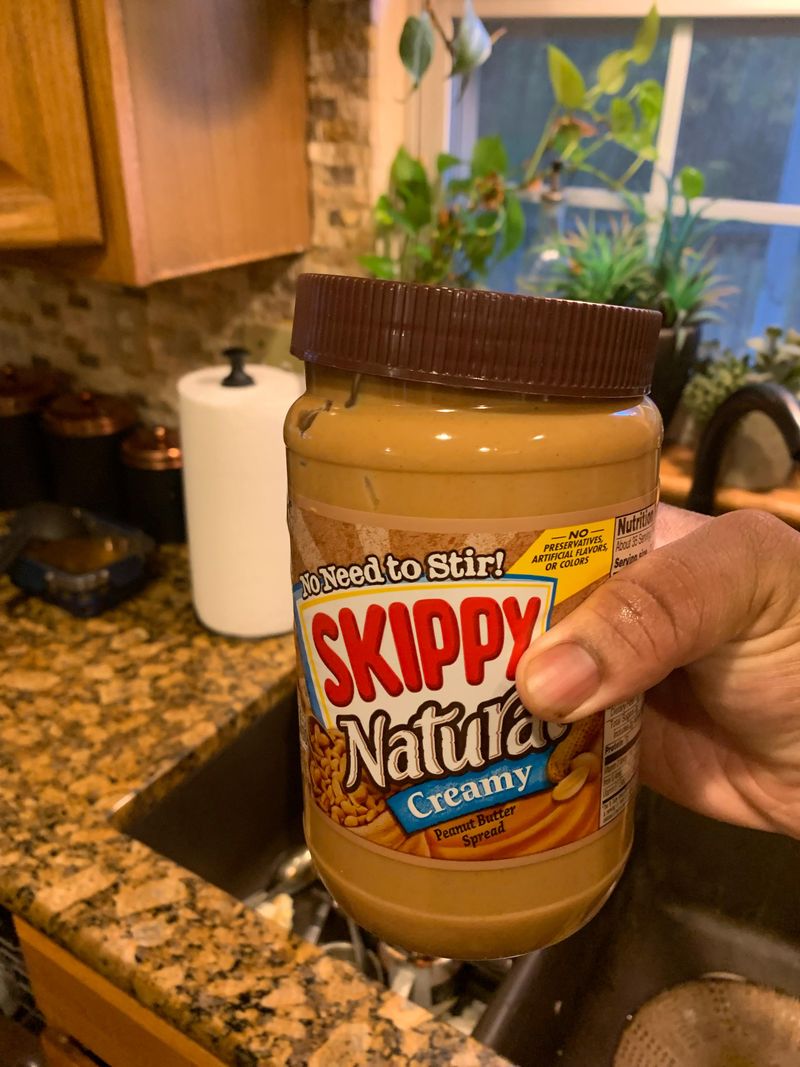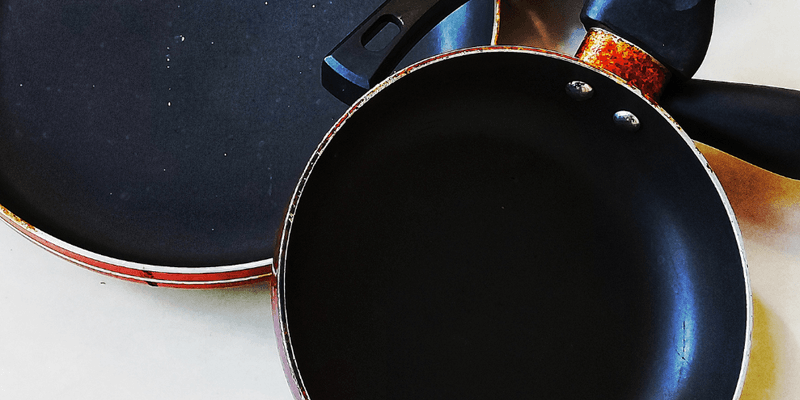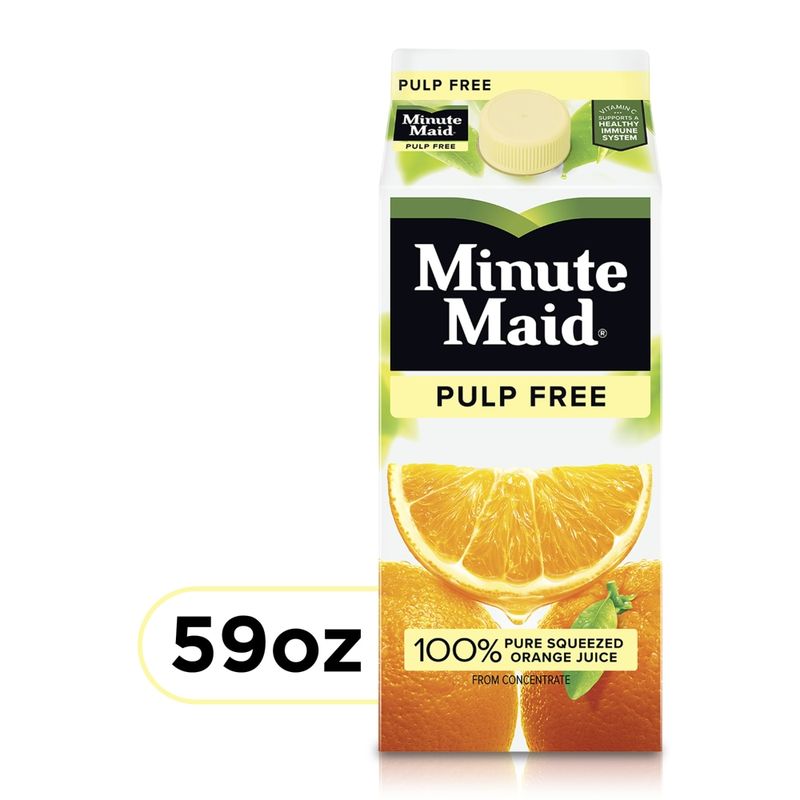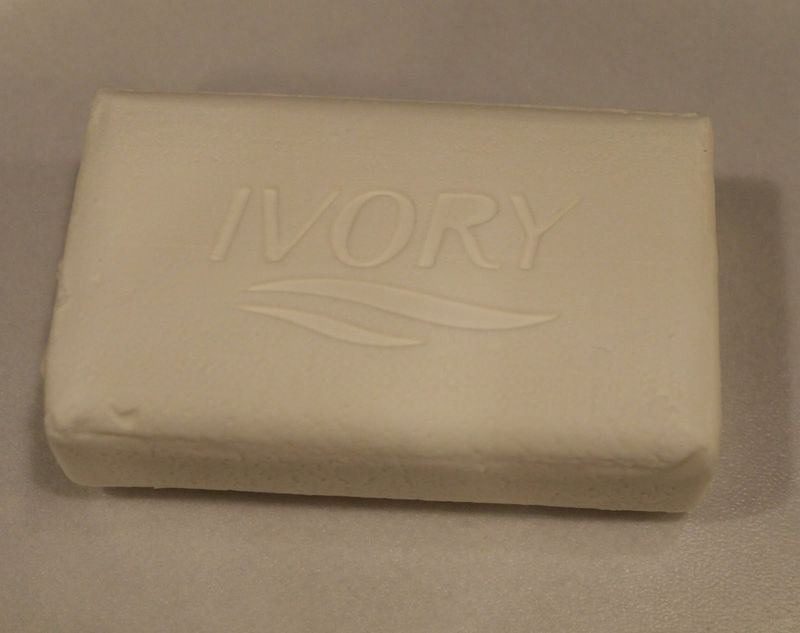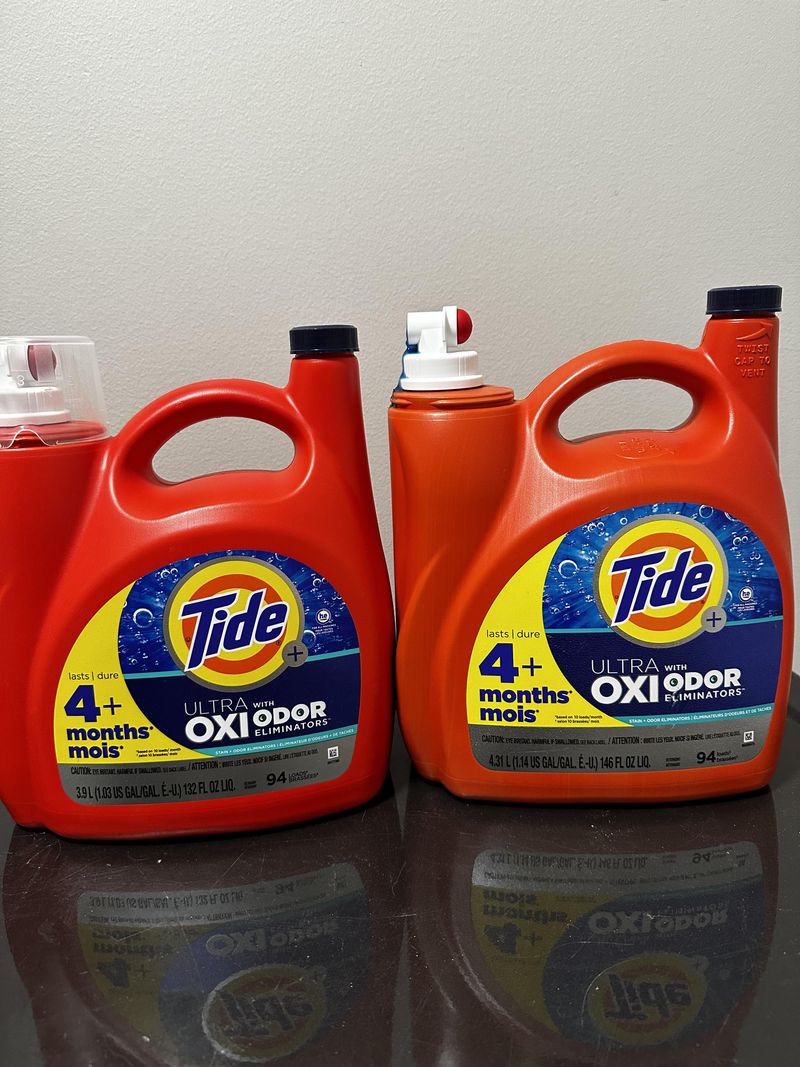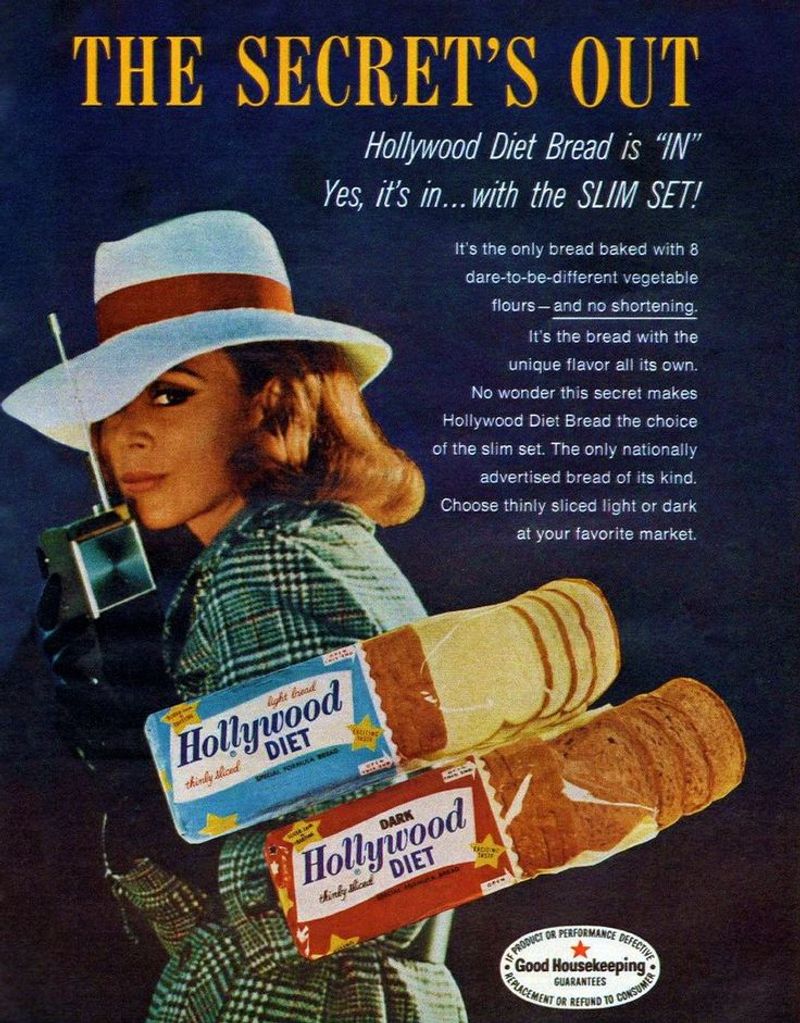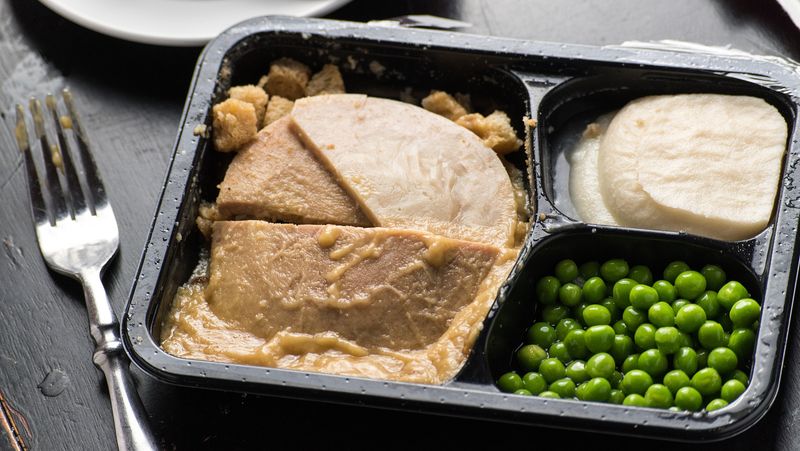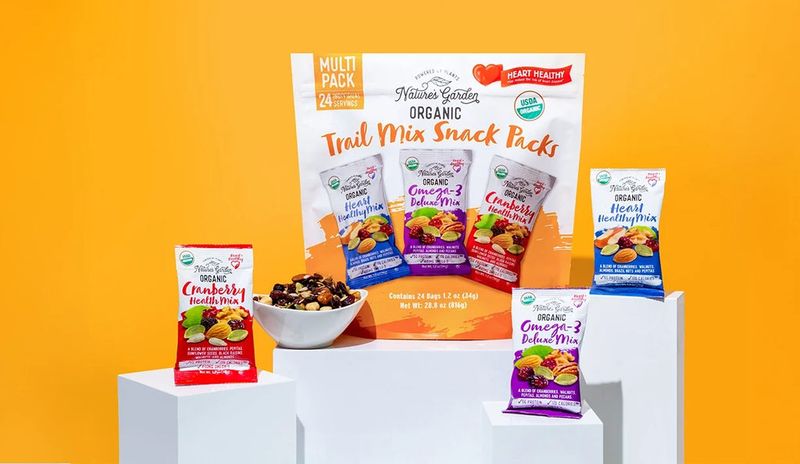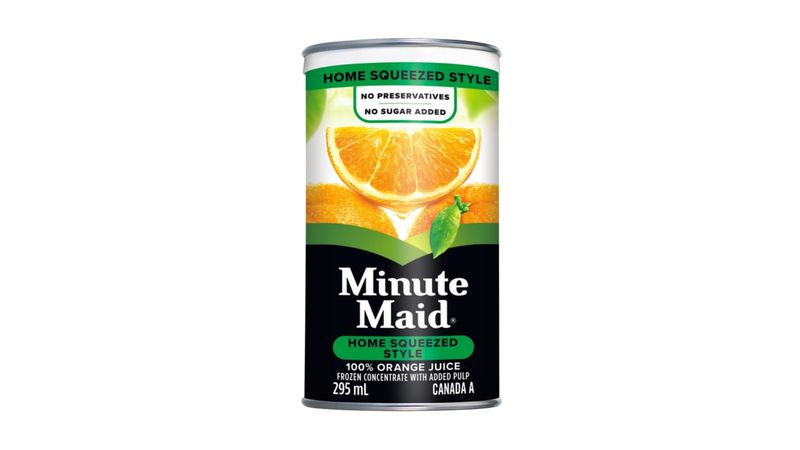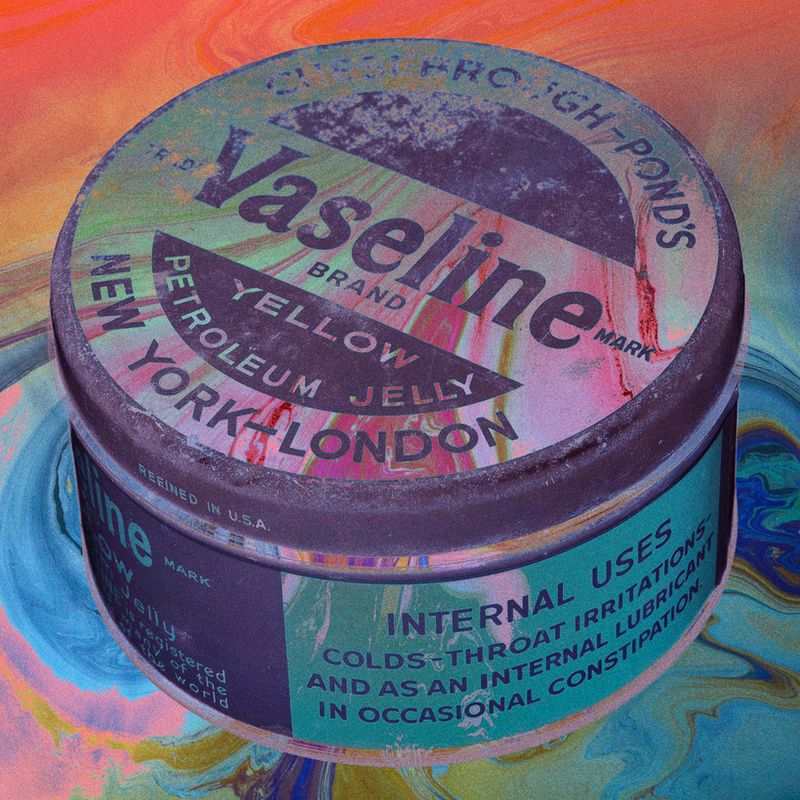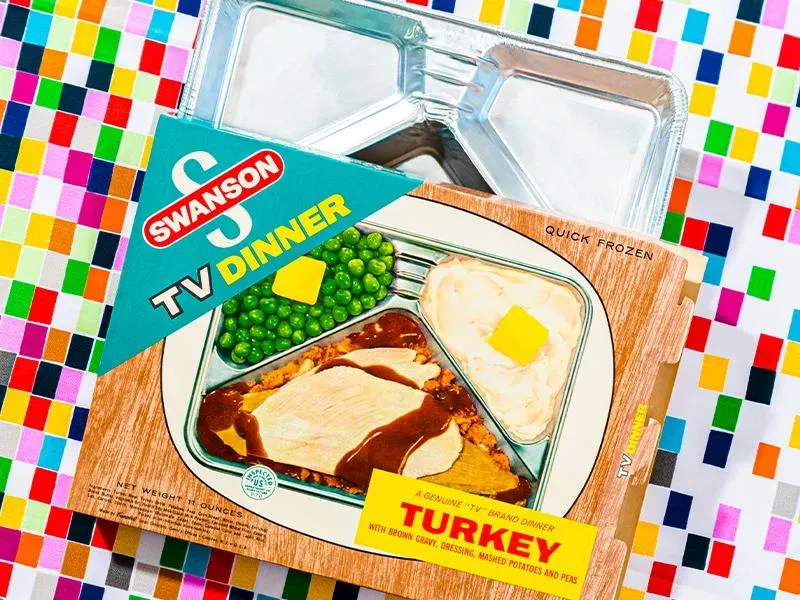In the world of consumer goods, packaging often tells a story that isn’t entirely true. Shrinkflation is a tactic where the product size is reduced but the price remains the same, tricking consumers into paying more for less. This list uncovers 18 notorious packaging scandals that left consumers feeling deceived and outraged.
1. Cereal Boxes Filled with Air (Instead of Food)
Brands like Kellogg’s filled cereal boxes with puffed air, creating an illusion of fullness. Shoppers expected a box brimming with delicious cereal, but instead, they got 40% empty space. This deceptive practice left consumers feeling shortchanged. Despite paying the same price, they received significantly less product. The scandal lay in the misleading packaging that masked the reduced quantity. This tactic not only frustrated breakfast lovers but also sparked discussions on fair packaging.
2. “Giant” Lollipops with Hollow Centers
In the world of sweet treats, bigger isn’t always better. Brands like Charms marketed massive lollipops with hollow centers. Excited children believed they were getting a huge, sugary delight. Instead, they encountered mostly air inside the thin candy shell. Parents and kids alike felt misled by the appearance versus reality. This marketing strategy cleverly masked how little candy was actually provided. It created a sense of disillusionment among young candy lovers, highlighting a significant gap between expectation and reality.
3. “Family Size” Chip Bags That Secretly Shrank
Frito-Lay and similar brands reduced the size of their “Family Size” chip bags by 20-30%, without changing the packaging or price. Shoppers thought they were buying a generous portion for sharing, only to find a bag half-empty when they got home. This sneaky shrinkage puzzled and disappointed customers who felt they weren’t getting their money’s worth. The stealth reduction in quantity sparked consumer outrage, highlighting the deceptive tactics used by snack brands to maintain profits at the expense of consumer trust.
4. Peanut Butter Jars with Fake Bottoms
In the 1970s, some peanut butter brands, like Skippy, employed thick, indented bottoms in their jars. This design made jars appear larger, tricking consumers into believing they contained more peanut butter. However, the jars held less than expected, misleading buyers who paid for a full-looking product. This tactic not only deceived customers but also raised questions about ethical packaging practices. Shoppers felt duped by the hidden design, which cleverly masked the reduced quantity, leading to dissatisfaction and mistrust.
5. “Non-Stick” Pans That Stuck Immediately
The 1950s saw cookware brands boasting “lifetime non-stick” pans that quickly lost their coating. These pans, advertised as non-stick wonders, stuck almost immediately after purchase. Home cooks were frustrated as they dealt with food sticking to the pans and the coating flaking off. Customers, hoping for a long-lasting kitchen tool, instead got unreliable cookware. This false promise of durability led to disappointment and regret. The marketing misled consumers into believing they were investing in quality kitchenware, when in fact, it was anything but.
6. “100% Fruit Juice” That Was Mostly Sugar Water
Brands like Tang were notorious for advertising “100% fruit juice” that was mostly sugar, water, and food dye. Parents, eager to provide healthy beverages for their kids, were misled by the wholesome-sounding claims. Instead of nutritious fruit juice, they offered sugary drinks masquerading as healthy options. This practice not only deceived health-conscious consumers but also raised concerns about truth in advertising. Parents felt betrayed by the misleading labels that promised natural goodness but delivered little more than flavored sugar water.
7. “Jumbo” Soap Bars That Melted in Days
Ivory and other soap brands whipped extra air into their “jumbo” bars, causing them to dissolve quickly. What appeared as a generous soap bar soon melted away in a matter of days. Consumers, expecting a durable product, found themselves purchasing soap more frequently. This crafty manufacturing choice frustrated buyers who felt cheated by the rapid disappearance of their soap. The practice highlighted the contrast between the advertised image of a long-lasting product and the reality of a quickly dissolving bar.
8. “Real Meat” Dog Food That Was Mostly Gravy
Pet owners, keen to provide their dogs with nutritious meals, were duped by canned pet foods promising “real meat.” Labels depicted hearty chunks of beef, but inside was mostly gelatin and filler. This discrepancy between expectation and reality left pet owners feeling deceived. Despite paying premium prices, they received a product that didn’t meet nutritional promises. The scandal raised questions about transparency and honesty in pet food labeling, as buyers sought genuine quality for their furry companions.
9. “New & Improved” Products That Were Identical
Brands like Tide and Colgate often stamped “New Formula!” on products that remained unchanged. Consumers, lured by the promise of a better product, often bought these items expecting improvements. However, they found no discernible difference, feeling duped by marketing ploys. This tactic exploited consumer trust, using catchy slogans to boost sales without delivering actual enhancements. The practice invited skepticism and criticism, as buyers questioned the integrity and honesty of such promotional claims.
10. Toy Surprise Eggs That Were 90% Plastic
In the 1990s, toy surprise eggs captivated children with the promise of hidden treasures. However, these eggs often contained a tiny toy buried beneath layers of plastic. Kids anticipated delightful surprises but were left with disappointment. The practice frustrated both children and parents, as the toys were far smaller than expected. This marketing strategy highlighted the imbalance between the alluring packaging and the underwhelming contents. It left a lasting impression on consumers, who felt shortchanged by the minimalistic surprises.
11. “Diet Bread” That Was Just Thin-Cut Regular Bread
In the 1970s, some bread brands offered “diet” options that were merely thin-cut regular bread. Consumers seeking healthier choices fell for the clever marketing, believing they were reducing calorie intake. However, the calorie content remained the same per gram, leaving dieters feeling misled. This tactic played on the desires of health-conscious individuals, offering little more than a façade of dietary benefits. The practice highlighted the disparity between consumer expectations of health products and the reality of commercial strategies.
12. “Gourmet” Frozen Dinners with Mystery Meat
Frozen dinners, like Swanson’s “Beef Stroganoff,” often touted gourmet quality while containing mystery meat. Consumers anticipated a fine dining experience but were greeted with unidentifiable meat-like chunks. This bait-and-switch tactic left buyers feeling cheated. The promise of quality was overshadowed by the reality of dubious contents. This packaging scandal exposed the gap between marketing claims and actual product quality, as consumers sought transparency and honesty. The allure of gourmet was merely a mirage, masking a less appealing truth.
13. “Indestructible” Toys That Broke Instantly
In the 1980s, action figures like He-Man were marketed as “indestructible,” capturing the imaginations of children and parents alike. However, these toys often broke easily, leaving young fans disillusioned. Parents, expecting durable playthings, found themselves replacing toys sooner than anticipated. The discrepancy between the promise of unbreakable toys and their fragile reality left a sour taste. This marketing illusion highlighted the need for honest product descriptions, as consumers sought value and durability in their purchases.
14. “Big Bonus” Packs That Hid Smaller Units
Some brands offered “Big Bonus” packs claiming to contain more product, yet hid smaller individual items inside. Shoppers, attracted by the promise of extra value, were dismayed to find they received less product overall. This deceptive strategy capitalized on consumer trust, using enticing packaging to create false perceptions of generosity. The practice sparked frustration, as buyers felt misled by the misleading packaging claims. It underscored the importance of transparency in marketing, as consumers demanded fairness and honesty.
15. “Fresh-Squeezed” Juice Made from Concentrate
Minute Maid and similar brands promoted “fresh-squeezed” juice while using reconstituted concentrate. Consumers, seeking authentic freshness, paid a premium for what they believed was genuine juice. However, they received a product far removed from freshly squeezed oranges. This misleading practice irritated customers, who felt they were paying for authenticity that didn’t exist. The scandal highlighted the need for honest labeling, as consumers sought transparency and truth in their purchases. The allure of fresh-squeezed was merely an illusion, masking the concentrated truth.
16. “Unlimited Warranties” That Covered Nothing
In the 1950s, appliances flaunted “unlimited warranties” that seemed to offer extensive protection. However, the fine print often voided coverage for minor issues, leaving owners without recourse. Customers, believing they were safeguarded, discovered the limitations only when seeking repairs. This practice exploited consumer trust, using appealing guarantees to mask restrictive conditions. The scandal spotlighted the gap between advertised assurances and the realities of warranty coverage. It underscored the importance of clarity and honesty in consumer protection promises.
17. “Natural” Makeup Full of Petroleum
Early cosmetics, like Pond’s, marketed “natural” makeup while containing petroleum byproducts. Women, eager for pure and gentle options, were unaware they were applying chemicals to their skin. This misleading practice took advantage of consumer trust, promoting purity that didn’t exist. The scandal raised questions about transparency and ingredient honesty in the beauty industry. Consumers felt deceived by the marketing façade, seeking genuine natural products. The gap between the promise of natural beauty and the reality of chemical ingredients highlighted the need for truthful labeling.
18. “Microwaveable” Meals with Frozen Centers
Early TV dinners promised quick and easy meals that were microwaveable. However, uneven heating left some parts frozen, frustrating consumers seeking convenience. The promise of a ready meal was overshadowed by the reality of half-cooked, half-icy food. This packaging scandal highlighted the disconnect between marketing claims and product performance. Consumers, expecting reliability and simplicity, were met with disappointment. The experience underscored the importance of product testing and truth in advertising, as buyers sought dependable convenience in their purchases.
